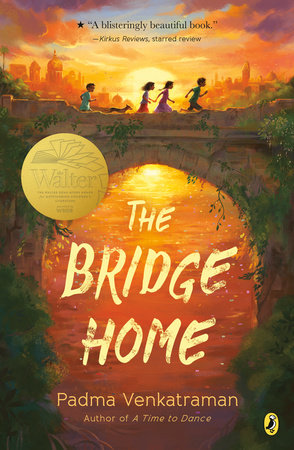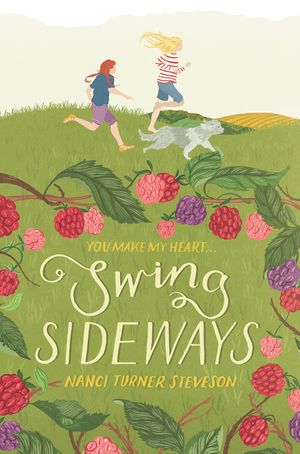Usually, when it’s my turn to do The Wonder of Words blog post, I do a book review. In this post, I slip sideways into a short-story review and a conversation about voice.
In the latest WordPress newsletter, they introduced the Monthly WordPrompt. This month’s WordPrompt is BRIDGE which brought to mind the short story that’s the topic for this post.

The story I always think about when I hear the word bridge is ‘The Bridge-Builder’ by New Zealand author, Margaret Mahy. ‘The Bridge-Builder’ is a short story originally published in 1988 in The Door in the Air and Other Stories, a YA collection of short stories. It was subsequently published in The Picador Book of Contemporary New Zealand Fiction in 1996, a collection of short stories for adults.
In the story, the narrator’s father is the bridge-builder and, on the surface, it is about the bridges he builds: girder bridges, arched bridges, suspension bridges, bridges of wood, bridges of iron or concrete.

And later, after his wife dies and the children have left home, his stored powers were set free and he began to build the bridges he saw in his dreams. These new bridges are extraordinary: within the lace of the bridge, spiders spun their own lace, and after a night of rain or dew the whole bridge glittered black and silver; two bridges with gardens built into them which soon became so overgrown with roses, wisteria, bougainvillea and other beautiful climbing plants that they looked as if they had been made entirely of flowers; a frail one made of bamboo canes, peacock feathers and violin strings; [one] made of silver thread and mother of pearl [that] was only to be crossed at midnight on a moonlight night; [in] the city he climbed like a spider, stringing blue suspension bridges between skyscrapers and tower blocks.

But there is a lot more going on than just bridge building. As the father’s bridges become stranger, people start to protest: Such people thought bridges were designed specially for cars, mere pieces of road stuck up on legs of iron or concrete, whereas my father thought bridges were the connections that would hold everything together.
The story progresses and the theme of crossing over starts to emerge, the idea that the journey on one side of the bridge is different to the journey on the other, and an allegory is hinted at: It was upsetting for those people who wanted to stick to the road, to know that some people used my father’s hidden bridges. They wanted everyone to cross by exactly the same bridges they used.

Since I know this story is hard to come by, I will give away the ending because it so neatly closes off the theme of crossing over. My father changed before my eyes. He became a bridge as he had known he would … The curious thing was that my father, who had made so many strange and beautiful bridges, was a very ordinary-looking bridge himself.
In this short story, Margaret Mahy has strung together words to create powerful images and she maintains this strong voice throughout as if it is a bridge in itself. Her language is evocative and her descriptions so vivid that the bridges leap off the page and into the reader’s imagination. The reader doesn’t only see the bridges, they hear them and feel them as well.
There is no consistent definition of voice. If I was to put it simply, I would say it is the essence of the writer on the page. Margaret Mahy has achieved this and her voice shines. ‘The Bridge-Builder’ is one of the most beautifully written pieces of work I have ever read. It is hard to locate a copy of the story, but if you can it is so worth reading it.
Image credits
Web in railings photo by Christian Chelu on Unsplash
Bridge into trees photo by Fallon Michael on Unsplash
Uneven plank bridge photo by Hidayat Abis
Rock bridge photo by kyler trautner on Unsplash
























